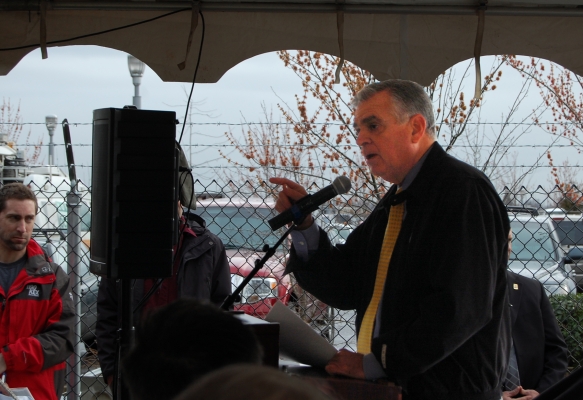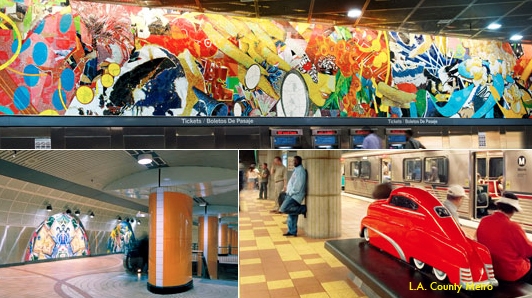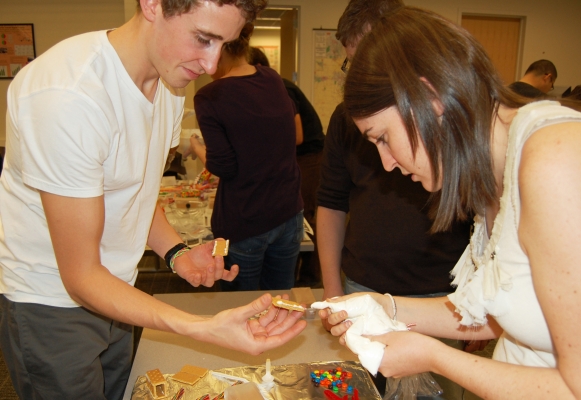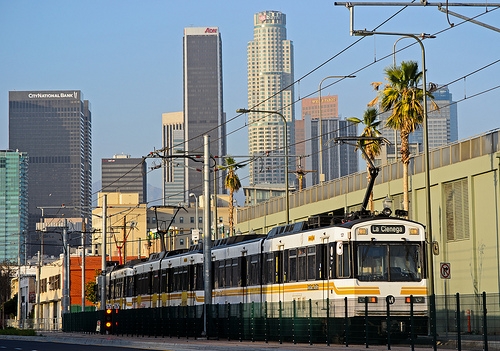Designing efficient transit systems is only one piece of the puzzle. Getting people to use them is another.
In his bestselling “Transit Maps of the World” and followup work “Paris Metro Style: In Map and Station Design,” Mark Ovenden detailed the beauty of maps people use to navigate transit systems and of the stations themselves.
“When you walk into the Paris Metro system, with its art nouveau stations, it does affect you, whether you notice it or not,” Ovenden said. “It feels nice to be in. It encourages people to use the train.”
Ovenden will offer his take on transportation systems as the keynote speaker at the Oregon Transportation Summit, Friday, Sept. 9 at Portland State University.
Ovenden vaulted to fame with “Transit Maps of the World” after a career in radio and television. But he always had an interest in collecting maps and riding transit systems. “On a school trip to Paris at 9 or 10, I just wanted to ride the Metro all day,” he said. “The teacher said, ‘no, come with us to the Eiffel Tower, you idiot.’”
Even out of context, the maps Ovenden compiled serve as an art work. But much of their beauty lies in their function: getting people around smoothly. Some of the best...
Read more




